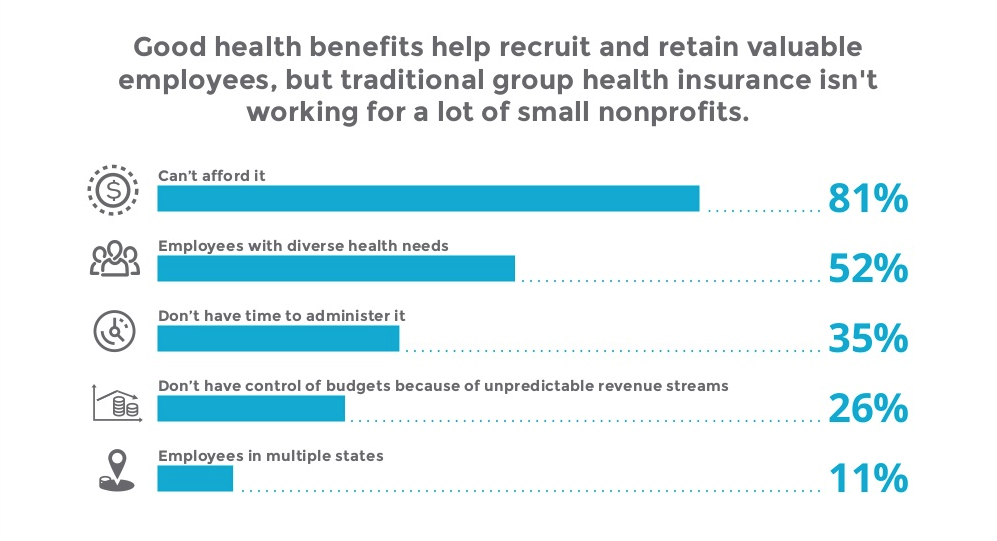Medicare Advantage Agent Things To Know Before You Get This
Medicare Advantage Agent Fundamentals Explained
Table of ContentsLittle Known Questions About Medicare Advantage Agent.Everything about Medicare Advantage AgentEverything about Medicare Advantage Agent


follows from confusing the relatively young age profile of account uninsured with without insurance better healthMuch better on average, of younger persons. For those without accessibility to workplace health insurance, inadequate health and wellness is a potential obstacle to acquiring nongroup coverage because such insurance coverage might be extremely valued, exclude pre-existing problems, or be merely unavailable. Unless otherwise noted, national quotes of individuals without wellness insurance and percentages of the population with various kinds of protection are based on the CPS, the most commonly utilized resource of quotes of insurance policy coverage and uninsurance rates.

Medicare Advantage Agent Can Be Fun For Anyone
Over a three-year period beginning early in 1993, 72 million individuals, 29 percent of the united state population, lacked coverage for at the very least one month. Within a solitary year(1994), 53 million individuals experienced a minimum of a month without protection(Bennefield, 1998a). Six out of every 10 uninsured adults are themselves utilized. Although functioning does improve the likelihood that and one's family participants will have insurance coverage, it is not a warranty. Also members of family members with 2 full time wage earners have practically a one-in-ten opportunity of being uninsured (9.1 percent without insurance price)(Hoffman and Pohl, 2000 ). The relationship between medical insurance and access to care is well established, as documented later on in this chapter. Although the relationship between medical insurance and wellness end results is neither straight nor easy, a comprehensive medical and health and wellness solutions study literary works links medical insurance coverage
to better access to care, much better quality, and boosted individual and population health and wellness status. The second record, on personal health outcomes for without insurance adults, is represented by the innermost circle of the figure, while the 3rd report, on family health, includes the subjects of the 2nd report however highlights a various system of analysis, namely, the family. The 6th report in the series will provide details regarding approaches and campaigns undertaken locally, statewide, or nationally to address the lack of insurance and its unfavorable effects. Degrees of analysis for taking a look at the impacts of uninsurance. This discussion of health insurance policy protection concentrates mostly on the united state populace under age 65 due to the fact that basically all Americans 65 and older have Medicare or various other public coverage.
Moreover, it concentrates especially on those without any kind of medical insurance for any type of length of time. The troubles dealt with by the underinsured remain in some aspects similar to those dealt with by the uninsured, although they are typically less serious. Uninsurance and underinsurance, however, include definitely various policy problems, and the methods for addressing them may use this link differ. Throughout this research study and the five reports to adhere to, the major focus gets on individuals without any medical insurance and thus no help in paying for health care beyond what is offered with charity and safety web organizations. Health and wellness insurance coverage is a powerful factor influencing invoice of care since both patients and medical professionals react to the out-of-pocket rate of solutions. Health and wellness insurance, however, is neither necessary nor sufficient to get to clinical services. Nonetheless, the independent and direct effect of health and wellness
insurance coverage on access to health services is well developed. Others will certainly obtain the healthcare they require also without health insurance, by paying for it expense or seeking it from service providers that supply care complimentary or at highly subsidized prices. For still others, medical insurance alone does not guarantee invoice of care due to the fact that of other nonfinancial obstacles, such as a lack of healthcare providers in their area, restricted access to transportation, illiteracy, or etymological and cultural differences. Formal study regarding without insurance populations in the United States dates to the late 1920s and early 1930s when the Committee on the Price of Treatment produced a series of records concerning financing physician workplace check outs and hospitalizations. This issue became prominent as the varieties of clinically indigent climbed during the Great Clinical depression. Empirical research studies consistently support the web link between accessibility to care and boosted health end results(Bindman et al., 1995; Starfield, 1995 ). Having a regular resource of care can be considered a forecaster of accessibility, instead of a direct action of it, when health and wellness end results are themselves utilized as gain access to indicators. This expansion of the concept of access measurement was made by the IOM Board on Checking Access to Personal Healthcare Provider(Millman, 1993, p. Whether parents are insured appears to affect whether or not their youngsters get care as well as just how much careeven if the youngsters themselves have protection(Hanson, 1998). The wellness of moms and dads can impact their capability to look after their youngsters and the degree of family members stress and anxiety. Bothering with their youngsters's access to care is itself a source of anxiety for parents. 3 phases follow in this report. Phase 2 gives an overview of how employment-based health insurance policy, public programs and private insurance coverage run and connect to provide substantial however incomplete insurance coverage of the united state populace. This includes a review of historical you can try this out patterns and public laws affecting both public and exclusive insurance coverage, a discussion of the communications among the various types of insurance policy, and an exam of why people relocate from one program to an additional or finish up
